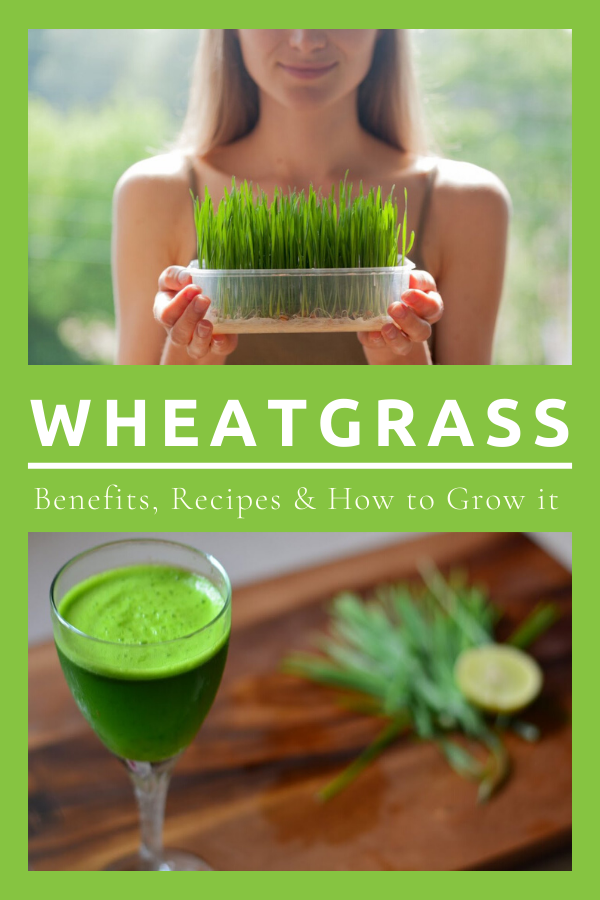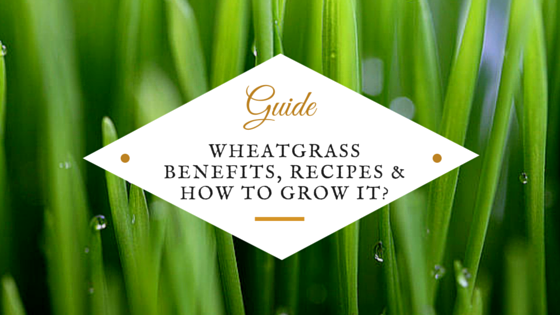
Wheatgrass isn’t new on the nutritional superfood list, but what is wheatgrass exactly?
Wheatgrass is a young wheat plant harvested before the wheat kernel grows. It is a nutrient dense food, which has become very popular in recent years and is available in online stores, health food shops and even juice bars and cafés.
Tip: Found out Best Manual & Electric Wheatgrass Juicer Reviews and best masticating juicer reviews.
Table of Contents
Chapter 1:: Green Power From Wheatgrass
Chapter 2:: Grass Roots – Wheat History
Chapter 3:: How Wheatgrass Chlorophyl Works
Chapter 4:: Healing Miracles With Wheatgrass
Chapter 5:: Longevity – Growing Young
Chapter 6:: Where To Go And Get Wheatgrass
Chapter 7:: How To Grow And Juice Your Own Wheatgrass
Chapter 8:: Super Green Wheatgrass Recipes
Chapter 9:: A Little About Wheatgrass Side Effects
Chapter 1:: Green Power From Wheatgrass
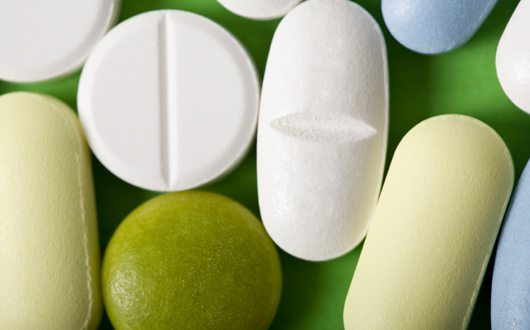
Wheatgrass contains twelve amino acids, eight of which are essential to the human body. Other essential nutrients include: vitamins A, E, and B-12, calcium, phosphorus, sodium, potassium, iron, magnesium and zinc. It also contains anti-oxidants and chlorophyll which produces the green color.
But is wheatgrass gluten free? Wheatgrass is gluten free, since the juice is created from the grass and not the seed or “kernel” of the wheat plant, which is where gluten is present.
Health benefits of wheatgrass
Due to the anti-oxidant properties of wheatgrass, it provides protection from free radicals which are known to cause damage to the cells of the body. Free radical activity contributes to the aging process.
The chlorophyll found in wheatgrass is very similar to our body’s own hemoglobin, which helps the blood carry oxygen. Chlorophyll cleanses the liver, tissues and cells, purifies the blood in our bodies, and can help in removing harmful toxins that the body stores. Another superfood, spirulina, is also rich in chlorophyll. Wheatgrass and spirulina are both effective liver cleansers.
Many people who take wheatgrass report improvements in their digestion. A study in Israel even found that wheatgrass significantly reduces the symptoms of ulcerative colitis.
Other ways wheatgrass is used:
- As a skin cleanser
- For sore throats
- To prevent tooth decay
- To heal wounds
- To heal psoriasis and other skin conditions
- To clear up sinusitis
- To reduce varicose veins
- To ease the symptoms of menopause
- To clear up gum disease
- As an antiseptic
Chapter 2:: Grass Roots – Wheat History

Grasses have, perhaps, always been highly nutritious. They can be found in cultures worldwide and in various forms. All cereal crops produce a grain which, when planted, produces grass.
For decades, grasses have been one of the main sources of human food as well as food for wild and domesticated animals. Societies and various communities throughout history have valued the worth of grass and touted it’s health benefits.
Contemporary wheat originated in Southwest Asia and emerged from two forms of wild wheat – einkorn and emmer, which were utilized in Mesopotamian civilizations.
Additionally, ancient Egyptians are associated with wheat and they regard the young wheat plant as a sacred thing, revering the positive effects it had on their vitality and well-being.
There are claims that the mental health of King Nebuchadnezzar in The Old Testament’s book of Daniel was rehabilitated after his seven-year grass diet. For centuries, farmers acknowledged the improvement of livestock when they consume the young grasses of early spring.
Based on such observations, scientists of the 20th century started to study grasses in order to reveal their nutritional mysteries.
Edmond Bordeaux Szekely, a Hungarian philosopher, discovered and translated an archaic Biblical manuscript, which he found near the Dead Sea in the 1900’s.
This manuscript is believed to have disclosed a healthy and unique method of eating as taught by Jesus of Nazareth. In 1928, Szekely published and distributed his translation titled “The Essene Gospel of Peace” in an attempt to share this supposedly “new” diet with people around him.
“All grasses are great for the health of man and wheatgrass is an ideal food for man,” is a key theme of the Essene Book quoted by numerous sources.
The below-mentioned people were instrumental in the popularization of the green-blood grass
Dr. Charles Schnabel
Dr. Schnabel experimented with several feed mixtures in an effort to improve chicken health and increase egg production during winters.
At first, he found no improvement in egg production or chicken health; nonetheless, he did notice that chickens sought for and ate young cereal grasses when they were let out to feed.
He then included oat grass and wheatgrass in the chickens’ feed and noted that ailing hens recovered rapidly, had increased fertility and grew faster.
He was so charmed with the discovery of the unbeatable benefits of this magical grass that he asked his family members to consume dehydrated grass.
He and his family included the green gold grass in their diet for around 11-years. He reported that his kids remained healthy and they did not even complain about tooth decay.
He then began endorsing his invention to the food industry, feed mills and chemists by mentioning
“15- pounds of green-gold grass is equal, in overall nutrition value, to over 350-pounds of vegetables.”
Quaker Oats and American Dairies accepted these statements and invested millions of research dollars to augment and produce nutritional products for both humans and animals.
By 1940, Dr. Schnabel’s powdered grass cans were selling in chemist’s shops throughout Canada and the U.S. Green-gold/Wheatgrass and other cereal-grass tablets became the nation’s #1 mineral supplement of the decade.
Ann Wigmore
Although Dr. Schnabel is associated with the early consumption of green-gold grass in a dehydrated version, the credit for popularizing the benefits of freshly squeezed green-gold grass juice goes to Ann Wigmore.
As a child in Lithuania, she learned about the power of natural healing from her grandma, who helped heal the injured World War I soldiers with plants, herbs and grasses.
Furthermore, she was able to apply this priceless knowledge to her own life when she immigrated to the U.S. and contracted gangrene in 1940, after a dreadful automobile accident.
She successfully treated her gangrenous legs via grass treatments, saving them from amputation.
She began an in-depth study of natural healing, and with the help of her friend Dr. George H. Earp-Thomas, discovered there were 4,700 varieties of grass, all highly beneficial to humans.
Through a series of experiments conducted on her pets, she concluded that Green-gold was a premium grass.
In the 1950’s, when Ann contracted colon cancer, she claimed that she was able to cure herself by consuming a diet of raw greens, seeds, wheatgrass and grains.
She found that the grass could be consumed easier through juicing, and started to share her green-grass juice with many ailing neighbors and friends. Living by the principle “let food be your medicine,” Ann taught the masses across the globe about the health benefits of green–grass and a living food healing program.
Evolution
Dr. Charles Schnabel and Ann Wigmore were trailblazers in the green-gold grass benefits movement. Key milestones in green-gold development and evolution include:
Japanese pharmacist Dr. Yoshihide Hagiwara confirmed this grass to be of superlative therapeutic significance via assessing edible greens and comparing their medical rudiments.
In the 1940, Charles Kettering, former Chairman of the Board of General Motors and researcher, learned the healing attributes of plant chlorophyll and donated huge sums of money to support the escalating research conducted by medical practitioners.
Dr. Earp Thomas of Bloomfield Laboratories, New-Jersey, found that adding this wonder grass to fluoridated water could change the chemical element ‘fluorine’ into a safe calcium-phosphate –fluoride compound. He also discovered that chemically contaminated vegetables and fruits were thoroughly cleansed when washed with green-gold grass water.
Dr. F. Howard Westcott, a New York internist, claimed that abhorrent odors like bad breath and perspiration were neutralized effectively when chlorophyll was ingested in adequate amounts.
A 1950 United States report mentioned guinea pigs exposed to lethal doses of radiation demonstrated a higher survival rate if they were fed a chlorophyll-rich diet. Green-gold, which boasts a high chlorophyll content was then utilized as an absorber of radiation from devices like televisions and X-rays.
Chapter 3:: How Wheatgrass Chlorophyl Works
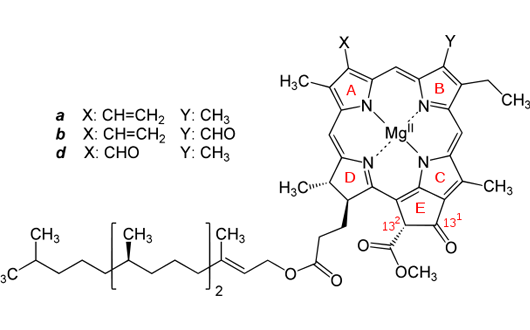
Studies have suggested that vegetables that are rich in chlorophyll (a chemical compound that provides a plants’ green hue) helps in the body’s natural detoxification process.
The natural supplement is a splendidly beneficial food in terms of detoxifying and cleansing the body. It is a rich source of carotene and vitamins B, C, E, which are very effective in destroying free radicals and cleansing the body. It is known for its ability to cleanse the organs, gastrointestinal tract and blood.
Since it is high in saponin, green-blood grass provides great support to the lymphatic system, helping to eliminate a huge number of toxins from the body’s cells.
It detoxifies the body by speeding up the elimination of decaying fecal matter, hardened mucous and crystallized acids. It is the surest and swiftest method to eliminate internal waste and render an optimum nutritional environment.
It cleanses the colon, detoxifies the liver and wipes out toxins from the body.
Chapter 4:: Healing Miracles With Wheatgrass

Relief from Inflammation and Pain
By reducing and eliminating general inflammation, this incredible supplement causes substantial relief from common body aches and pains – preserving the body’s natural ability to thrive and stay healthy.
pH Balance
As an alkaline food supplement, it helps to balance the body’s pH and restore favorable alkalinity.
Stimulation of Thyroid Gland & Metabolism
It stimulates thyroid glands and hence speeds up the metabolism. This helps overcome indigestion, obesity and other ailments related to slow metabolisms.
Lowers Blood Pressure
It dilates the blood vessels and helps lower blood pressure.
Great for Hair
- Repairs damage and reduces gray hair
- Helps repair damaged hair and can turn gray hair back to its normal color
- You can utilize it on your scalp to get rid of dandruff and provide relief from itchy scalp
Treats Skin Problems
- It offers remedies to numerous skin issues and provides the youthful glow to your skin
- Applying a paste of green-blood grass powder with milk can treat freckles and acnes
- It is marvelous for treating and soothing sunburns, boils, rashes, scrapes, burns, insect bites, athlete’s foot and minor cuts.
How does wheatgrass help in weight loss?
Chapter 5:: Longevity – Growing Young

The plant is loaded with the vitamins and iron necessary for blood building.
It revitalizes the cells, increases vitality and vigor, provides energy, helps with weight loss, hence slowing the aging process
Chapter 6:: Where To Go And Get Wheatgrass

Wheatgrass is typically found in health food stores and online. Powders or tablets generally have a long-shelf life and you’ll save money if you buy online.
Chapter 7:: How To Grow And Juice Your Own Wheatgrass
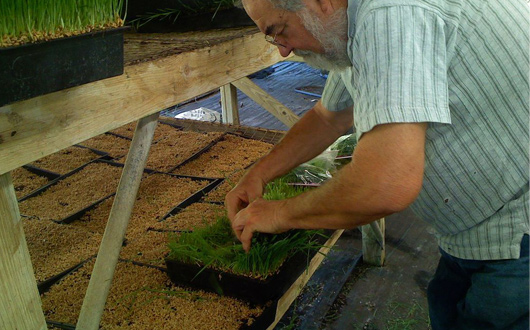
If you want to grow your own wheatgrass, there are quite a few steps involved. First, purchase organic wheatgrass sprouting seeds, fertilizer, a large plastic gardening tray with holes and a spray bottle to water.
To begin, you need to pre-sprout the seeds. Rinse them in water, and then let them soak in roughly three times as much water for about 8 to 10 hours. Drain the seeds and repeat the soaking process two more times.
Your seeds should begin to sprout after the third round of soaking. Once sprouted, plant the seeds in the plastic tray. Do not bury them, but rather sprinkle the seeds over the soil and gently press them into the soil. Spray them with water two times a day. After day 10 of growing you should have enough wheatgrass to harvest and juice.
Easy tips to growing and juicing your own wheatgrass
Wheatgrass comes in different forms. Most people add wheatgrass juice to a smoothie or even drink it from a shot-glass! However it is also available in tablet or powder form, to mix into drinks or add to food. When preparing the fresh wheatgrass, a press is used to obtain the juice from the plant.
The taste can be strong until you get accustomed to it, but if it’s diluted in other juices, you probably won’t even notice it’s there. I have also done wheatgrass juicers reviews that may help you make a selection. You may also be interested in finding out about WheatGrass Shots.
Chapter 8:: Super Green Wheatgrass Recipes

Wheatgrass recipes are growing in popularity as more and more people try to incorporate the superfood into their diet. While most tend to drink the juice of the wheatgrass, others need to find a way to hide its strong flavor. Adding wheatgrass to your smoothie is a terrific way to avoid the taste but still get the benefits.
Apple Carrot Wheatgrass Juice
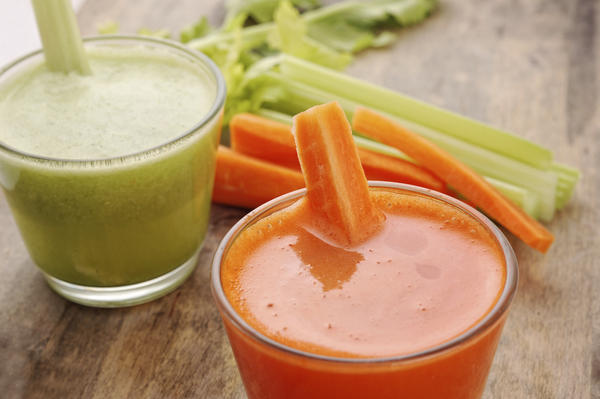
Ingredients:
1. bunch of fresh wheatgrass
3. carrots
2. apples
Directions:
Run all ingredients through a juicer. Add ice or drink as is.
As you can see, wheatgrass has many uses and important health benefits. It is thought that by using wheatgrass in your diet, you can fill in the nutrient gap content you may not be getting from the more common plants found in our diets
Orange Banana Wheatgrass Smoothie
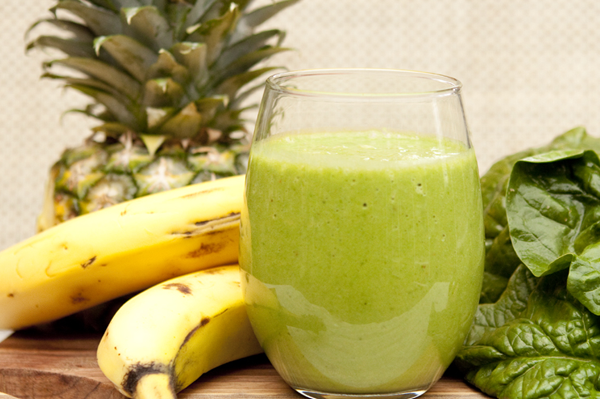
Ingredients:
1. bunch of fresh wheatgrass
2. 1 ripe banana
3. 1 orange, peeled
4. 1 cup water
5. Ice
Directions:
1. Place all ingredients into a high speed blender
2. Blend until smoothie reaches desired consistency.
Chapter 8:: A Little About Wheatgrass Side Effects

Due to the large amount of chlorophyll that is found in wheatgrass, one of the most common side effects is nausea due to the detoxification of the body. The nausea may also be caused by the taste of the juice itself. Due to the detoxification, headaches and dizziness may also accompany the nausea, but over time the symptoms will fade as the body detoxes more and more.
Another common side effect of using wheatgrass is diarrhea, which is often brought on by consuming too much wheatgrass in a short amount of time. The nutrients in wheatgrass are potent, and overdosing on the drink can cause the body to have issues digesting it properly.
The best course of action here is to start slow, building up your body’s reaction and tolerance to the drink.
Photo: WeHeartIt.com
Wheatgrass Benefits, Recipes & How to Grow it
Enjoyed Wheatgrass Benefits, Recipes & How to Grow it? Share it with your friends so they too can follow the Superfoodsliving journey.
Share on Pinterest
